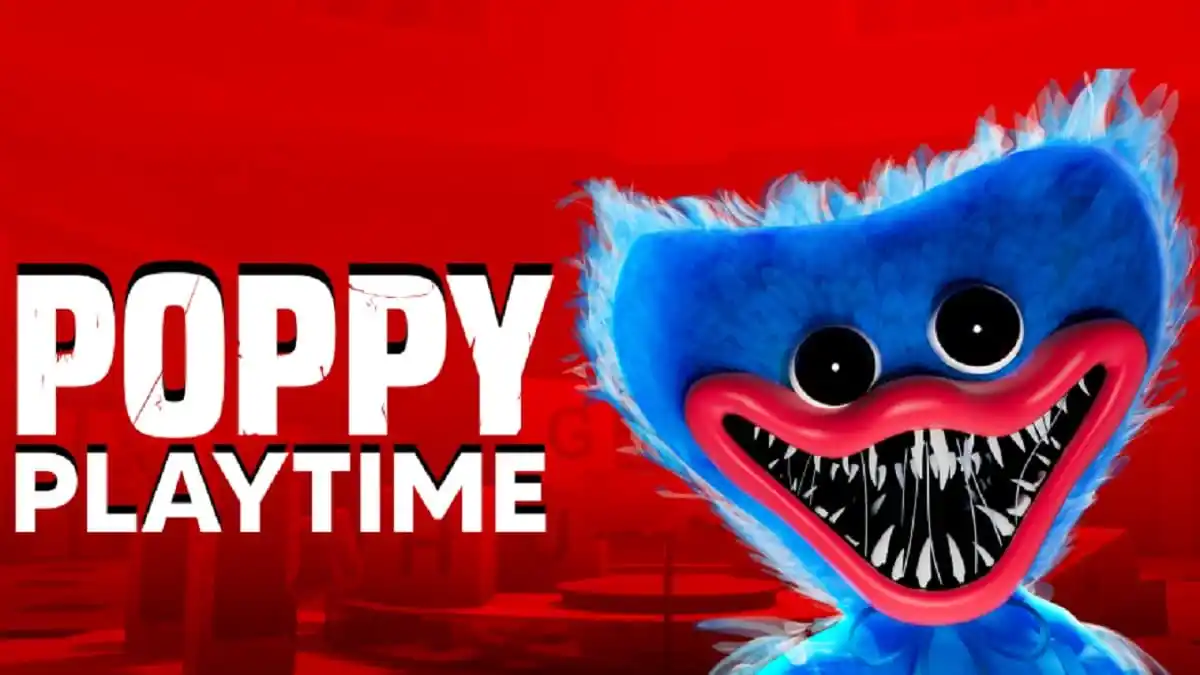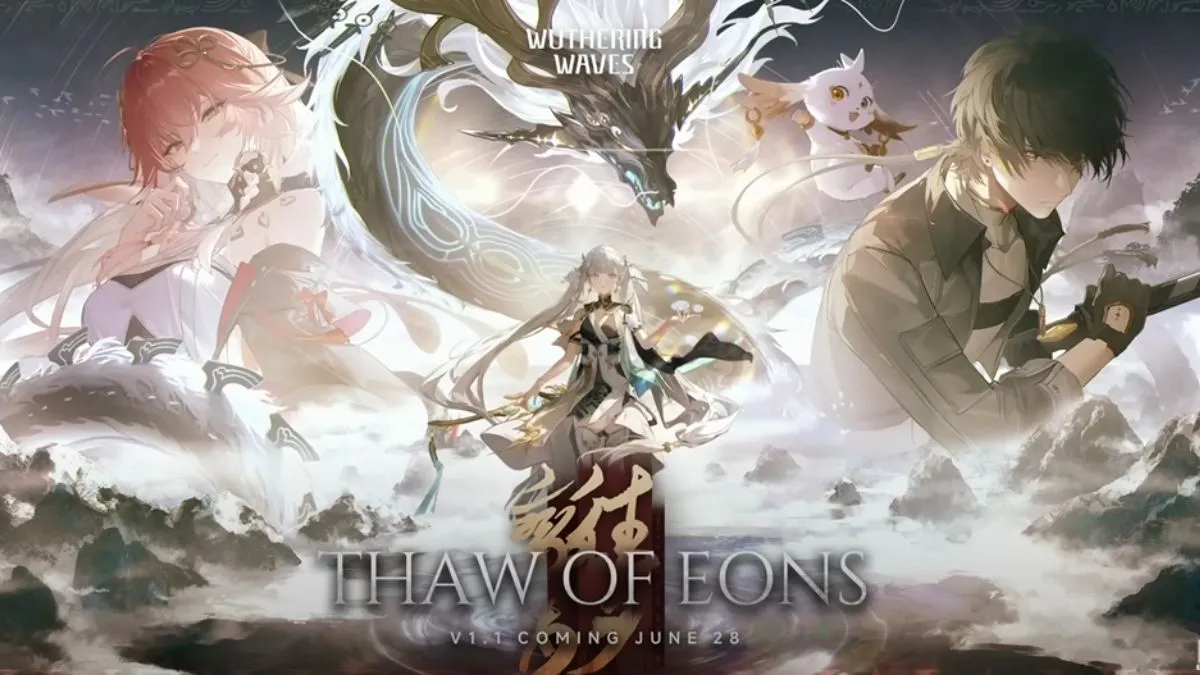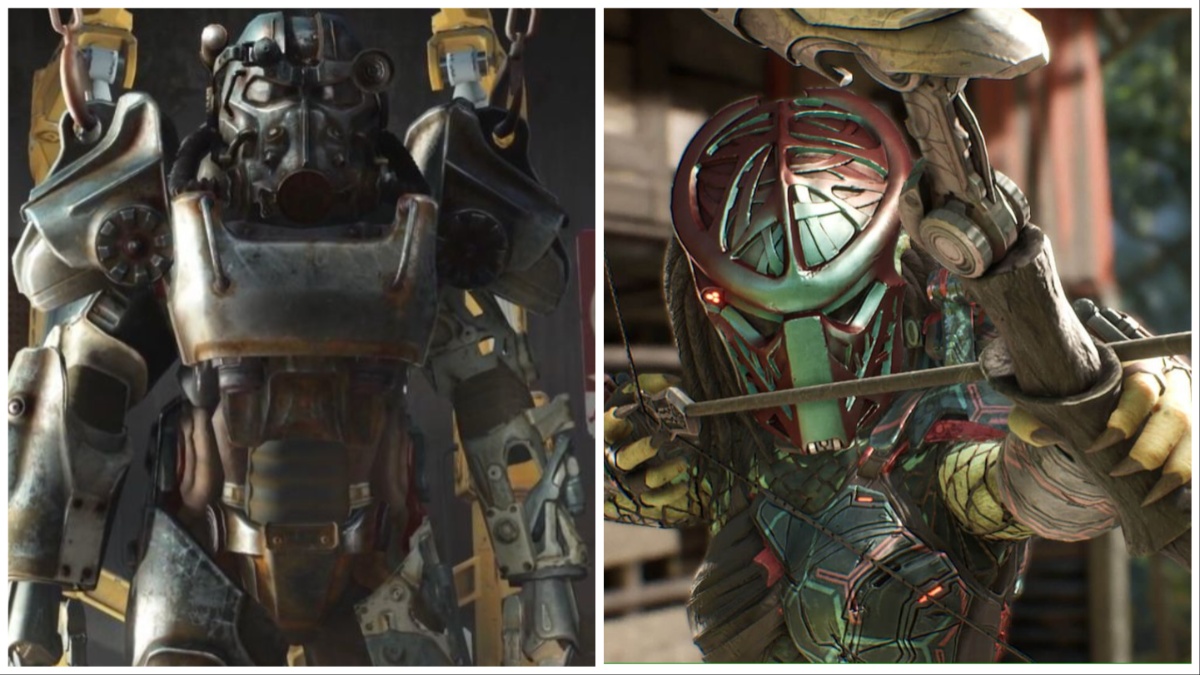On December 14th, 2013, an RPG game called LISA the Painful managed to complete its Kickstarter campaign at $16,493 with 847 backers.
The campaign aptly described the game as “a side-scrolling PC ONLY RPG set in a post apocalyptic wasteland where women are nowhere to be found. It’s a world full of drugs, violence and the decay of human intelligence…”
Previously only known for his free exploration-based Lisa, (re-named Lisa: The First with the advent of The Painful and new DLC The Joyful), the only things players knew to expect from developer Austin “Dingaling” Jorgensen’s Kickstarter game were an eccentric art style, intensely morbid humor, and some awesome music.
Fast forward a little under two years, and over 100,000 people own the indie RPG on Steam. With a hilarious and sometimes gripping story, intriguing story-driven mechanics that will make you pay an arm and a leg to keep your friends by your side (sometimes literally), and a follow-up DLC released in 2015, Austin Jorgensen has managed to develop something fascinating with LISA, and I set out to talk with him for a bit about how he crafted this unique blend of hilarity and shocking human tragedy.
John Adamczyk (JA): First off, thank you so much for taking your time to do this interview for GameSkinny.
LISA is a game that manages to be a dark (very dark) comedy, a horror story, and, of course, a deeply emotional experience. When you set out to create LISA, were all of these aspects there from the start? How did you piece together so many clashing elements and end up with the fascinating world of Olathe?
Austin Jorgensen (AJ): They were not really there from the start, no. It all just kinda fell into place organically, I suppose. I think honestly a lot of the pacing and stuff is just a fluke.
JA: Fluke or no, it does seem you had a philosophy for how you were going to tell the story of LISA. You recently posted about storytelling on your Tumblr, and I was amazed to see how well those principles lined up with the game itself. How did you decide on those four principles for what makes a good story?
AJ: Even though I didn’t want to tie myself down to too many preconceived design elements, I did do my best to stick to the rules I laid out for myself in terms of story. Those principles are not something I made up. They are just basics you could learn in any story writing class really. I just think I sometimes focus more on story than programming stuff. So that’s more of what I research.
JA: That makes sense. So is it safe to say that story came before gameplay when you set out to make LISA? And if so, what made you want to tell this story in a game format?
AJ: Well, I have a big fascination with combining the two. I come from more of a story telling side, but I still want to find ways to mix the two organically and powerfully. Lisa was a very small first step. But, I think games could be doing so much more as medium. I want to keep exploring that.
I think games could be doing so much more as medium. I want to keep exploring that.
JA: The elements of choice and interaction in the medium can really be used to push storytelling in a direction we haven’t seen too much of. In another interview you leveled a lot frustrations toward modern game design and how a lot of games try to make it seem like your choices are going to be a huge deal, when there’s no real impact in the game.
Obviously, LISA does the exact opposite.
Were these agonizing choices always at the core of LISA, or were you discovering the medium of storytelling in video games as you continued development?
AJ: Yeah, funny you mention it. I got Fallout 4 on a whim and I’m having a really “great” time with it. Especially related to the illusion of choice. To be fair though, it’s harder to tell a story the more freedom the player has. So I get why we are still in this place of “a handful of choices that all lead to ending A or ending B”. That’s generalizing, but you get my point. I think it’s going to take some really new ways of thinking to tell a great story while still giving the players freedom to alter it with their actions.
JA: I’m in the same boat with Fallout 4, and I definitely agree that we need some new ideas in the medium to really kickstart it. When it comes to how you carried out the mechanics of LISA, you said it was a “very small first step.” Obviously, making a game in RPG Maker comes with some crazy limitations. Did it ever feel like you were being held back by the system when you were trying to create this world?
AJ: I was pretty limited, but I knew I would be using RPG Maker. I built the concepts around the engine. I tried to make something as fresh as I could come up with at the time with the loss of limbs, areas, and party members. So, yes I was held back, but it’s okay because my mind was in a different place back then. Now I want to push further with game design.

JA: You’ve said that “Dingaling”-style games in the future are going to do a lot to explore loss both through mechanics and story. Are there any design ideas you’re kicking around right now that you might be able to share? What might your “next step” look like?
AJ: Yeah, I think I want to work on more human feeling AI/NPC’s. Exploring less about red pill or blue pill type choice. I don’t want my next game to have built in bad guys or good guys. They only become bad guys after you piss them off or they piss you off. Same goes for allies. Now, of course I’ll help guide your hips a bit as to who’s bad and who’s good, but ultimately you decide based on how they make you feel.
JA: That sounds great! A really sandboxy experience. Can we still expect your trademark black comedy to be waiting for us in whatever’s on the horizon?
AJ: Oh of course. I don’t think I could help it even if you didn’t want it, haha.
JA: That’s exactly what I was hoping you’d say. The one moment in your game that feels like it perfectly encapsulates the series is in LISA the Joyful. That moment where you’re climbing up for what feels like forever, expecting nothing more than a giant middle finger for your troubles, and instead you finally get to the top and get this really touching letter from you, the developer, and you think maybe, this time, the climb was all worth it.
Then you keep moving and there it is: a giant, pixelated middle finger.
Thank you so much for that moment. From touching to rude to hilarious all in a few moments, that’s what your games really seem to capture.
AJ: Yeah, I really like that kinda stuff. I think it has a warming effect. Like friends pranking each other, the middle finger brings us closer, rather then putting distance from the player and developer in a weird way.
JA: One last question for the road: who was your favorite side character in LISA? Main character?
AJ: Shocklord, He’s a shameless parody of the Shockmaster. And boy do I love goofy wrestling stuff. Main Character? Sticky probably. I always loved his look. And he’s not such a bad guy I swear!


JA: Arm-Shock will never die! Interesting choices, especially with so many memorable characters to choose from.
Thank you so much for letting me pick your brain for a while, Mr. Jorgensen. Your insights on storytelling and gaming make me really eager to see what you have in store for us in the future!
AJ: Thanks for the interview!












Published: Nov 18, 2015 01:38 pm